
In the world there are four main passport colours, red, blue, green, and black.
Of course, within each broad 'colour', there are a variety of hues.
The bright blue of Afghanistan's passport is a world away from the dark navy used by the United States.
And if you really wanted to be a pain you could argue black isn't a colour, but just a dark blue.
Don't be like that.
Red
Red is the second most common colour used for passports.
The UK and other EU member states all use red passports, as do many former members of the formerly ommunist Warsaw Pact countries.
Red can also be found in use by countries on the Pacific coast of South America, and former communist countries of south east Asia.
Passports for Great Britain and Northern Ireland were blue until 1988.
There is currently a UK petition to return to using the colour blue, with just over 4,000 signatures.
In fact, following Brexit, it has been one of the main demands of the Brexiteers, that as well as sovereignty, the people want the colour of their photo ID to change.
This ignores the fact that dark blue passports are already used in Britain, as the government issues passports of that shade to refugees.
Blue
Blue is the most ubiquitous colour in the world, used by 77 nations.
As with red and EU member states, countries and dependencies which are members of the Caribbean Community and Common Market 'Caricom' use blue.
Green
Green is the third most popular colour, used by 43 nations, many of them with large Muslim populations.
Writing for Slate, Christopher Beam explained why green is such an important colour in the Muslim world.
It is thought to be the favourite colour of the Prophet Mohammed, and passages of the Quran describe paradise as a place where people wear 'green garments of fine silk'.
Two of the world's four official Islamic republics use green, as do other Muslim majority countries.
The colour is not reserved for Muslim nations, for instance Mexico and Taiwan both use green passports and neither has a large Muslim population.
Black.
Only 10 countries have black passports, all disparate and unconnected by geography or religion.
- Angola
- Chad
- Dominica
- Dominican Republic
- Malawi
- New Zealand
- Palestinian Territories
- Republic of the Congo
- Tajikistan
- Trinidad and Tobago
Each possibly has their own unique reason for opting for a black passport.
In New Zealand's case, could it be because of their most famous sporting export, the All Blacks?
For Dominica and the Dominican Republic, it could be linked to the black cassock worn by Dominican friars who colonised the islands during the Age of Discovery.
Mapping the colours
Using data available at Passport Index 2017, indy100 has created this map, the better to see what passport colours dominate the globe.
The index is the creation of financial advisory firm Arton Capital.
HT the Mirror, Business Insider
More: Dark blue British passports do still exist... We give them to refugees
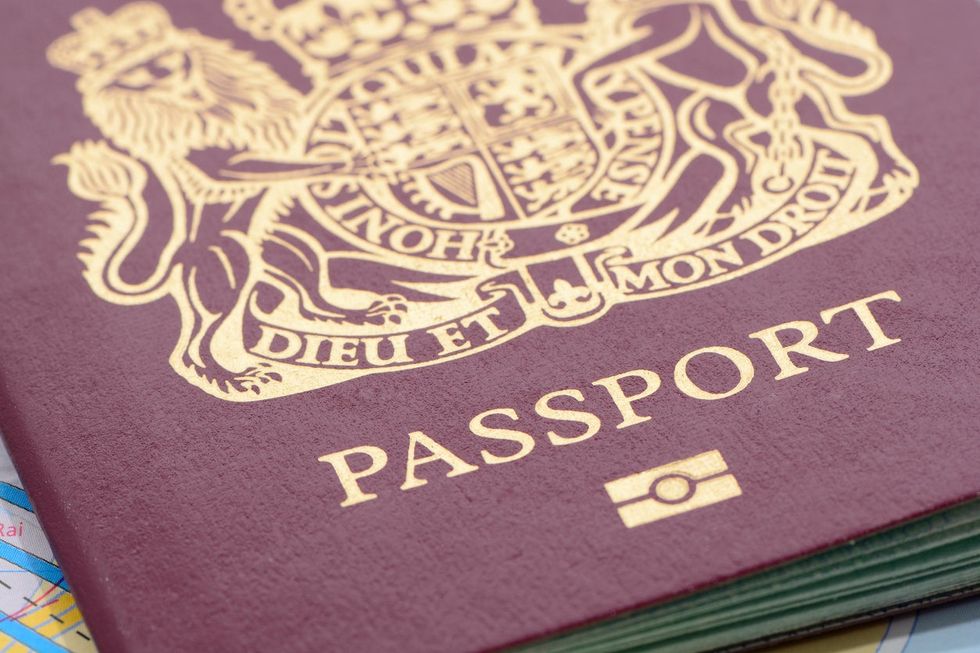
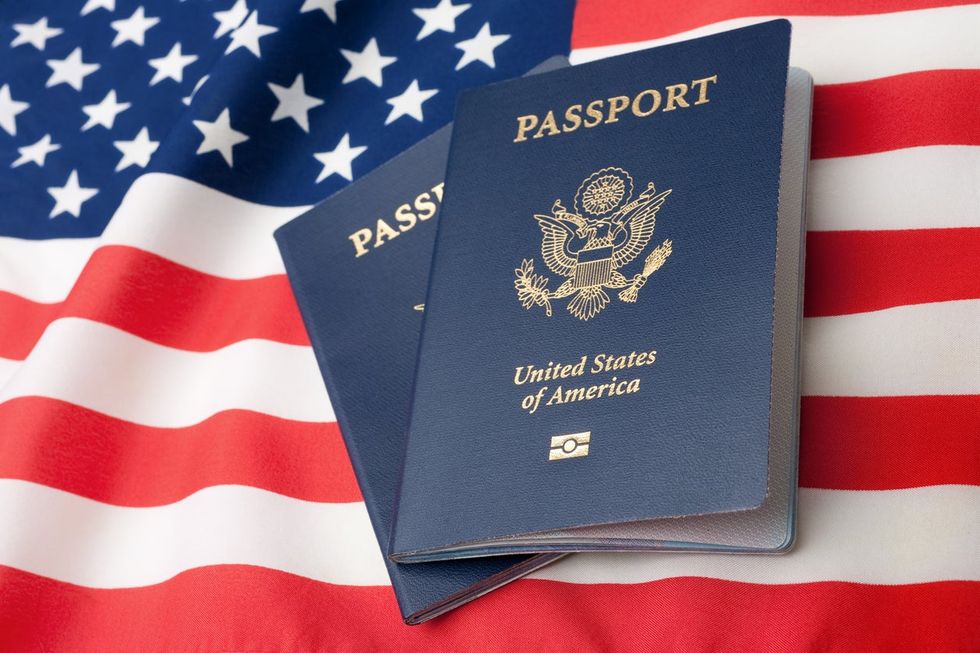
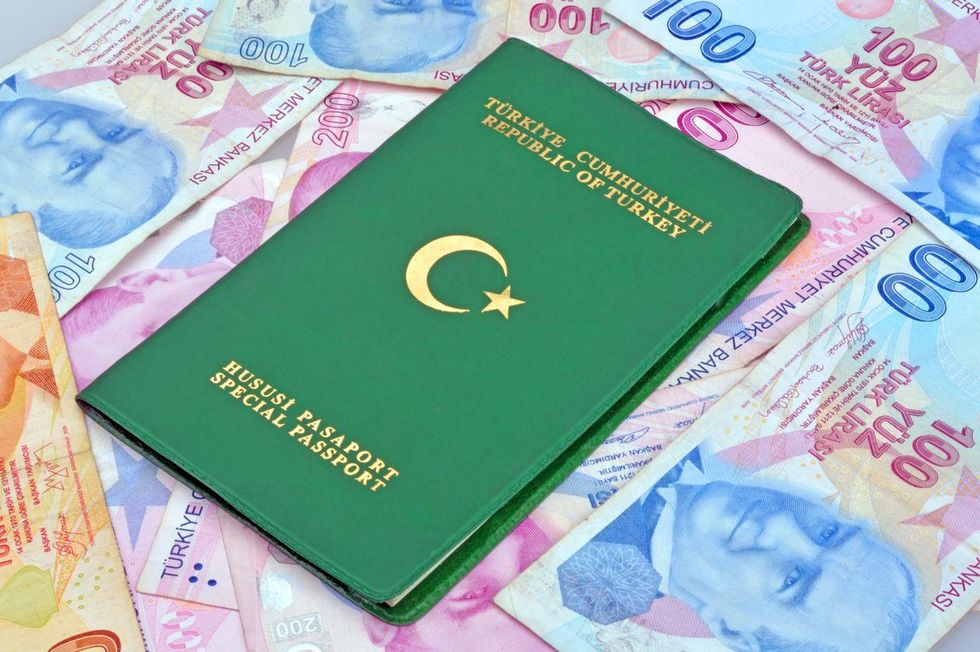




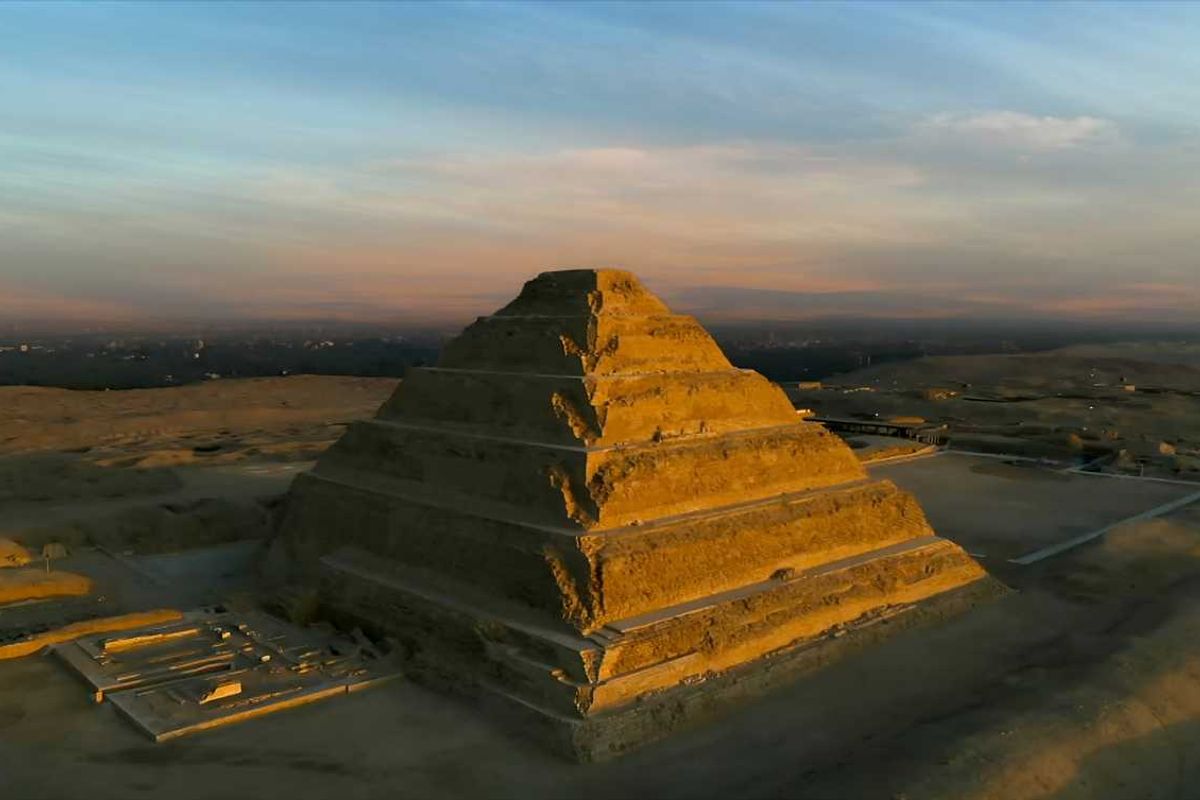





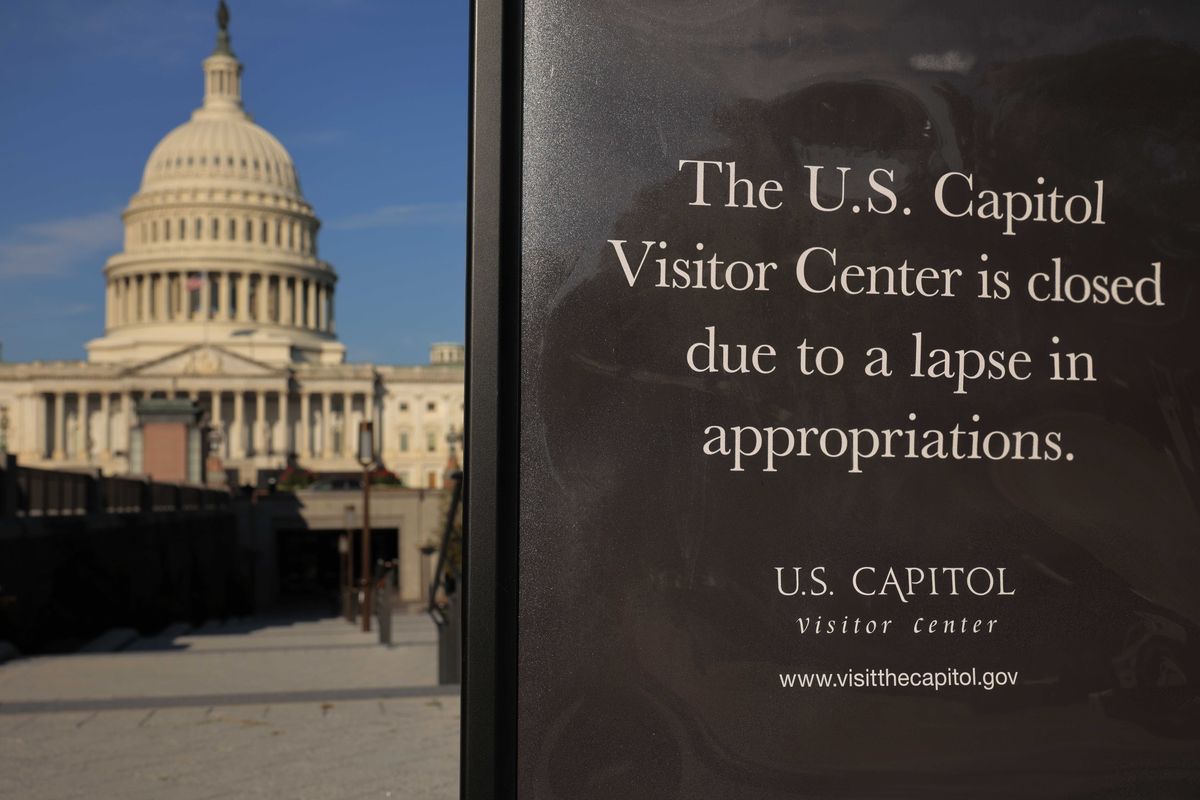


Italian Prime Minister can't get away from Trump quick enough